Ovens - Electric vs Gas
jlirot
12 years ago
Featured Answer
Comments (22)
plllog
12 years agocooksnsews
12 years agoRelated Professionals
Cuyahoga Falls Kitchen & Bathroom Designers · Highland Kitchen & Bathroom Designers · Mount Prospect Kitchen & Bathroom Designers · San Jose Kitchen & Bathroom Designers · Glen Allen Kitchen & Bathroom Remodelers · Sioux Falls Kitchen & Bathroom Remodelers · Skokie Kitchen & Bathroom Remodelers · Superior Kitchen & Bathroom Remodelers · Upper Saint Clair Kitchen & Bathroom Remodelers · Allentown Cabinets & Cabinetry · Burlington Cabinets & Cabinetry · Rowland Heights Cabinets & Cabinetry · South Riding Cabinets & Cabinetry · Warr Acres Cabinets & Cabinetry · Franklin PlumbersEmilner
12 years agowekick
12 years agodljmth
12 years agofoodonastump
12 years agoplllog
12 years agodadoes
12 years agoEstimatedEyes
12 years agoplllog
12 years agoburntfingers
12 years agoplllog
12 years agostooxie
12 years agofoodonastump
12 years agoburntfingers
12 years agodadoes
12 years agoD Ahn
12 years agoplllog
12 years agoburntfingers
12 years agoD Ahn
12 years agoAFT3
11 years ago
Related Stories

KITCHEN APPLIANCESFind the Right Cooktop for Your Kitchen
For a kitchen setup with sizzle, deciding between gas and electric is only the first hurdle. This guide can help
Full Story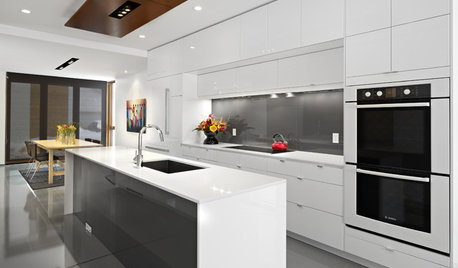
KITCHEN APPLIANCESFind the Right Oven Arrangement for Your Kitchen
Have all the options for ovens, with or without cooktops and drawers, left you steamed? This guide will help you simmer down
Full Story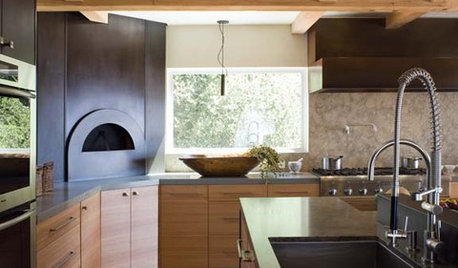
KITCHEN DESIGNKitchen Luxuries: The Wood-Fired Pizza Oven
If you love homemade pizza and are (ahem) rolling in dough, a wood-burning oven may be just the right kitchen investment
Full Story
HOUSEKEEPINGHow to Clean Your Range and Oven
Experts serve up advice on caring for these kitchen appliances, which work extra hard during the holidays
Full Story
LIVING ROOMSHow to Convert Your Wood-Burning Fireplace
Learn about inserts and other options for switching your fireplace from wood to gas or electric
Full Story
DECORATING GUIDESDecorating With Neon: It’s a Gas
Illuminated letters are lighting up interiors. What would your sign say?
Full Story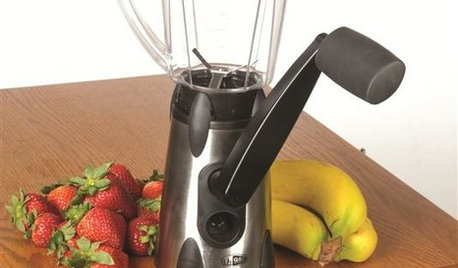
ACCESSORIESEasy Green: Cut Electricity Use With 15 Unplugged Home Devices
Crank up the energy savings, courtesy of household items that come into power the old-fashioned way: manually
Full Story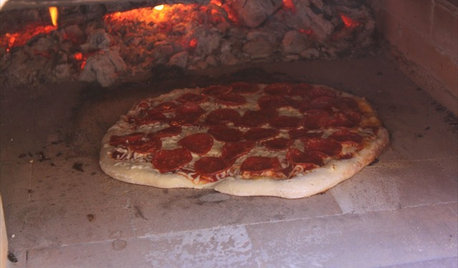
GREAT HOME PROJECTSHow to Get a Pizza Oven for the Patio
New project for a new year: Light a fire under plans for an outdoor oven and claim the best pizza in town
Full Story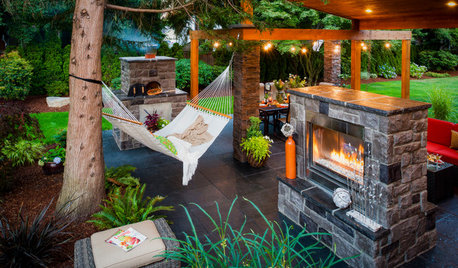
OUTDOOR KITCHENSOutdoor Room of the Day: This Patio Cooks, Even in the Rain
Washington homeowners create their dream outdoor kitchen with a pizza oven, gas grill, fireplace and more
Full Story
MY HOUZZMy Houzz: Renovation Brings Energy Efficiency to a Netherlands Home
A family of 5 tackles a potentially large gas and electric bill in a 19th-century house
Full StorySponsored
Most Skilled Home Improvement Specialists in Franklin County
More Discussions







burntfingers